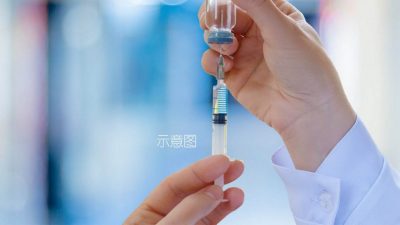
Long COVID is a persistent state of ill health after COVID-19 infection which continues for more than three months and are not explained by an alternative diagnosis.
Patients with Long COVID reported experiencing different combinations of symptoms such as fatigue, shortness of breath, cough, anxiety, cognitive impairment or brain fog, muscle pain and symptoms that get worse after physical activities.
These symptoms could be driven by a direct effect of virus infection and might be explained by several hypotheses, including abnormal immune response, hyperactivation of the immune system or autoimmunity.
Additionally, indirect effects including reduced social contact, loneliness, incomplete recovery of physical health and loss of employment could affect psychiatric symptoms.
The COVID-19 Long-term Effects and Recovery (CLEAR) study team from the University of Malaya conducted an online survey among the COVID-19 survivors in the community from July to September 2021, during the nationwide movement control order (MCO).
A total of 732 respondents participated in the survey.
One in five COVID-19 survivors reported to have experienced Long COVID. The most commonly reported symptoms were fatigue, brain fog, depression, anxiety, insomnia and joint or muscle pain.
Females were found to have 58% higher odds of experiencing Long COVID compared to males.
According to the autoimmune hypothesis, females have stronger immune response than males due to genetic and hormonal factors. This contributes to a more active immune response where activation of white blood cells, production of inflammatory markers and antibodies are stronger than males.
This could be seen as a double-edged sword as it appears protective towards severe symptoms and deaths from COVID-19, but it could bring about the emergence of autoimmune inflammatory symptoms in Long COVID.
Patients with moderate and severe levels of acute COVID-19 had 3 to 3.6 times odds for Long COVID compared to those without symptoms.
A point to note is that those without symptoms or with mild symptoms also reported to experience Long COVID (10% and 17.5% respectively) compared to those in the moderate (26.7%) and severe (30.4%) categories.
This may be explained by the immune response to the SARS-CoV-2 virus which stimulates the production of cytokines and other inflammatory mediators, with higher concentrations found in those with a more severe COVID-19 conditions.
The multi-systemic inflammatory response to the virus may also be responsible for persistent COVID-19 symptoms in the survivors.
To avoid Long COVID is to avoid COVID-19 infection.
We should all get vaccinated or boosted, practice public health measures such as mask wearing, social distancing, hand hygiene, avoid crowded and poorly ventilated places and finally get tested if have symptoms.
(Professor Dr Moy Foong Ming, Department of Social & Preventive Medicine, Faculty of Medicine, Universiti Malaya.)
ADVERTISEMENT
ADVERTISEMENT








































